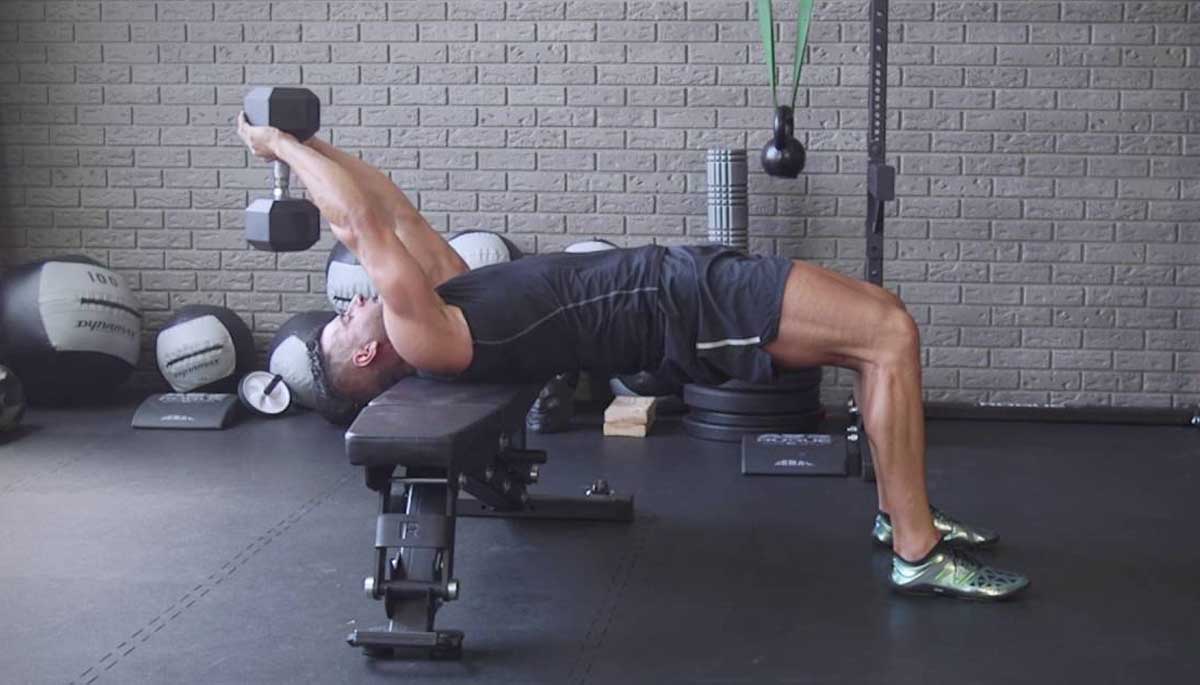Dumbbell Pullover FAQ
Dumbbell Pullover is common exercise that can be performed easily with a dumbbell to affect either the muscles of chest or back depending on how you hold the grip and the position of your shoulders.
If you do this in right way then you can get a bigger chest and back. Here we have answered some questions that asked by beginners!

What muscles does dumbbell pullover work?
This exercise primary strengthens the muscles in the chest and the large wing-shaped muscles in the back. By making variations to the movement, you can also engage the core muscles and the back of the upper arm (triceps).
Is the Dumbbell Pullover a good exercise?
Yes, it is a great exercise for the growth of chest and back muscles. It can be performed on either day, as both muscle groups are primary movers.
Are dumbbell pullovers dangerous?
It depends on how you are doing it. As a beginner start with light weight, do the exercise in control form under the trainer and then move for heavy weight.
But if it doesn’t perform in right way then this may harm the shoulders and works the major muscles away from their optimal lengths for tension, with tension serving as the main stimulus for more size and strength. Though today it has largely become a forgotten exercise, it should stay so for these reasons.
Does Dumbbell Pullover work lower chest?
If done properly, it hits everything from the bottom of your pecs to your abs, lats and triceps, working all of these muscles in a beneficial and unique way.
Now let’s see how you can do it?
To perform this exercise, sit on the narrow end of a stable weight bench. Now place your feet on the ground slightly wider than the bench. Roll down so that you laying on the bench with your back, neck, and head fully supported as shown in this video.
- Hold one dumbbell in each hand. Extend your arms over your chest and keep the elbows slightly bent and soft.
- Keep a strong back and core while you inhale and extend the weights back and over your head.
- Take about 3–4 seconds to reach a fully extended position where the weights are behind (but not below) your head. Keep the elbows soft.
- Once you reach full extension, exhale slowly and return your arms to the starting position over your chest.
When first starting out, try two sets of 7–10 reps each under the guidance. As you get stronger and more flexible, add repetitions first. Then add more weight.
That’s all!
If you have any questions, then please let us know in the comment section below and don’t forget to share it with others.
